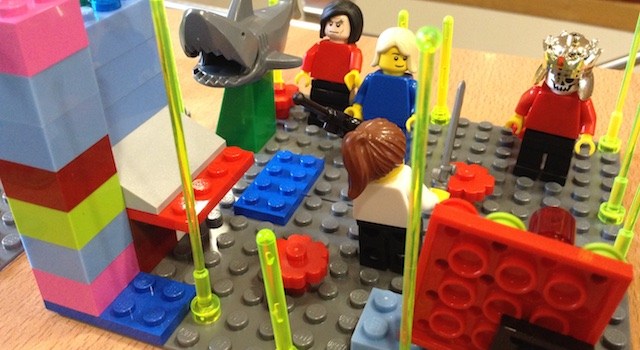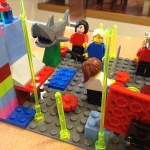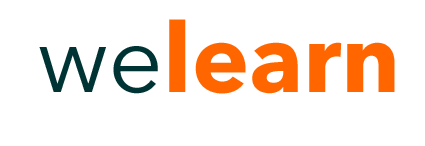Identity and Lego

The first serious incursion into learning experiences with Lego® SeriousPlay took place over three days at the end of a cold,wet January. As the winds howled around the building participants got down to the serious business of building stuff with Lego.
The group was a mixed bunch: university lecturers, entrepreneurs, coaches in search of coaches and a group of early childhood trainees. Their objective was to explore how they position themselves in relation to the labour market in Spain at present – by no means a joke, with unemployment well over 20%. In combination with the lego pieces I wanted learners to explore the visual benefits of the Personal CANVAS model. This is a model I have used with other learners but have never really felt satisfied with the results – as some get lost in text, have difficulties expressing themselves, or feel there must be a right or a wrong answer to the questions. With the Lego pieces I hoped participants would lose the need to ‘perform’ in the educational setting and would lose themselves in play. The idea builds on the experimental approach to a creative exploration of identity and Lego researched by and my own previous work with young entrepreneurs and job-seekers.
Their objective was to explore how they position themselves in relation to the labour market in Spain at present – by no means a joke, with unemployment well over 20%. In combination with the lego pieces I wanted learners to explore the visual benefits of the Personal CANVAS model. This is a model I have used with other learners but have never really felt satisfied with the results – as some get lost in text, have difficulties expressing themselves, or feel there must be a right or a wrong answer to the questions. With the Lego pieces I hoped participants would lose the need to ‘perform’ in the educational setting and would lose themselves in play. The idea builds on the experimental approach to a creative exploration of identity and Lego researched by David Gauntlett and my own previous work with young entrepreneurs and job-seekers.
The CANVAS model, widely used in business, adapts to a range of other uses including the Personal Canvas, allowing people to gauge their resources, collaborators and skills against the needs of the labour market. Positional, or relational, identity refers not just to how we position ourselves in relation to others, but also to how we are positioned by society, both the barriers and affordances in relation to the individual in society. The Canvas allowed participants a structure, ‘scaffolding’ upon which they could build a a broader view of their present, past and future from both their own perspective and that of others.
Following the SeriousPlay format (Problem defining; Building; Narrating; Sharing) participants explored the different segments of the Personal CANVAS to explore possible future career paths, opportunities and expectations. They would also discover
where they needed to focus efforts in the future.
The relaxed nature of the session, and the almost therapeutic clicking of lego pieces, allowed learners who would otherwise groan at the sight of a pen, paper and personal reflection the chance to .
The playful aspect of the activity fostered the most beneficial aspect of play itself: the chance to explore new circumstances, new identities in a safe manner. As one group explored the business possibility of a children’s play facility, the physical, three- dimensional nature of their model gave a very clear idea of the kind of restrictions and barriers surrounding the project in a much clearer way than an excel spreadsheet. For another participant the chance to e explore the different motivations behind future users of his business. While for another participant it was a chance to visualise her role as a go-between, a border crosser between the academic/scientific community and the business community.
There are no right or wrong answers when exploring identity and position in an ever changing, liquid, marketplace. No two participants shared, even remotely, similar narratives or profiles or expectations of the future. The expansive, constructive
and creative nature of the learning involved, that of building models and
sharing narratives for a world which changes every day provided a chance to reflect and examine their place in relation to others. And narrative, how we explain ourselves, our past present and future, and share this narration with others is a crucial factor in the evolving identity we present to the world.
And what did the lego pieces add to the activity? Well, a sense of relaxation with the medium of expression – trying this activity as a written activity, or even an oral activity, creates a kind of performance stress, the idea that there are right and wrong answers to these very open issues, while Lego allowed the participants to lose themselves in the clicking together of familiar, user friendly plastic blocks before sharing their ideas with others.




